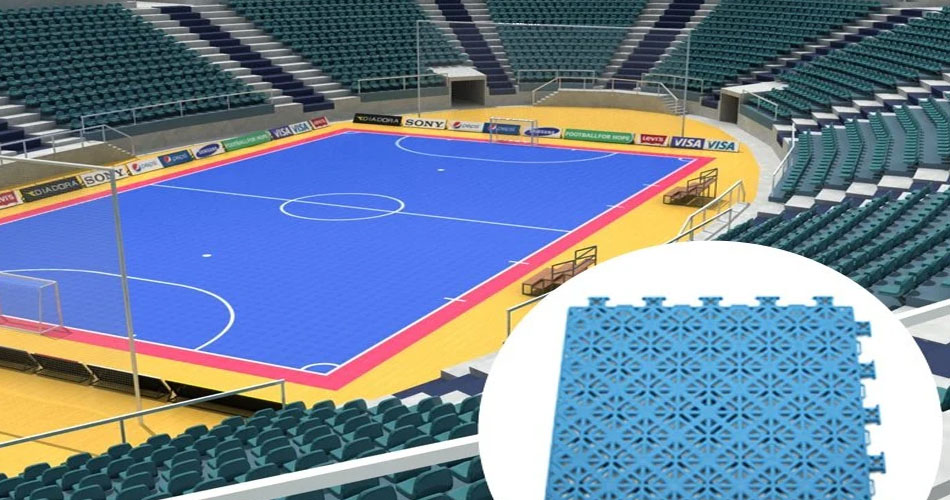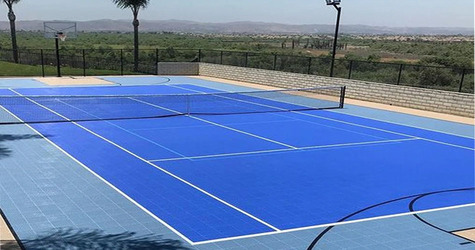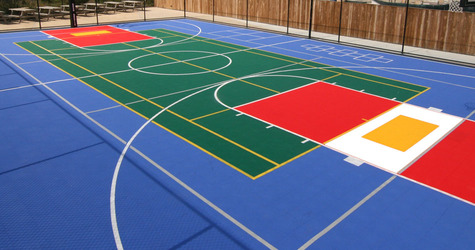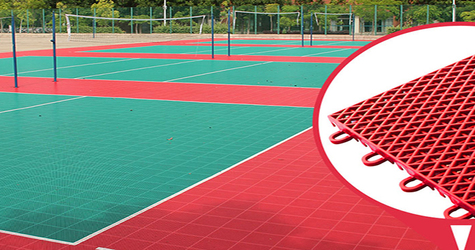
PP Interlocking Flooring
As a premier supplier and provider, Symonee Sports excels in delivering top-notch PP Interlocking Tiles across India. With our headquarters located in Mumbai, we proudly extend our services to various regions, including Navi Mumbai and Thane, ensuring nationwide coverage. Rubber Flooring, are pleased to offer our valued customers a range of flooring options that come with stunning designs and aesthetics, enhancing the look of your space. Additionally, our clients can choose from various flooring options, including gym flooring, open areas, kids' areas, and walking tracks.
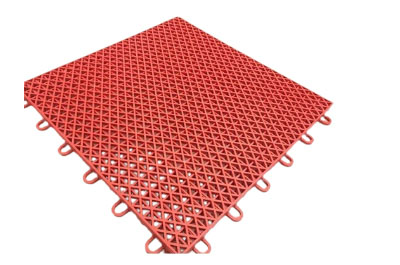
Size: 30.1cm x 30.1cm with a thickness of 1.58cm.
Usage:This product is designed for use in various sports and multipurpose applications, including Futsal courts, tennis courts, basketball courts, volleyball courts, and other sports or recreational areas.
Service Life: The product is expected to have a service life of 8 years, indicating its durability and long-lasting performance.
Size: 30.48cm x 30.48cm with a thickness of 1.58cm.
Usage:This product is intended for use in various sports and multipurpose applications, including Futsal courts, tennis courts, basketball courts, volleyball courts, and other similar areas.
Service Life: The product is expected to have a service life of 8 years, indicating its durability and long-lasting performance.
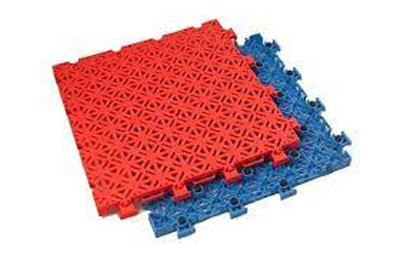
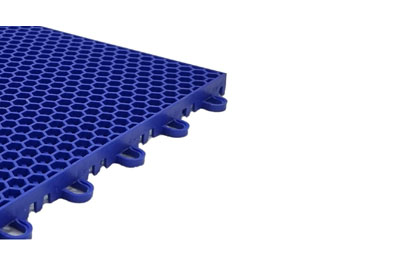
Size: 25cm x 25cm x 1.22cm
Usage:This product is suitable for a variety of sports and multipurpose applications, including Futsal courts, tennis courts, basketball courts, volleyball courts, and other similar uses.
Service Life: The product is expected to have a service life of 8 years, indicating its durability and long-lasting performance.
Application :
Structure: The product features a suspended structure and an interlocking floor design.
Environmental Protection: The product is made from 100% recyclable materials and is considered eco-friendly and non-toxic.
Long Service Life: It is expected to have a service life of 12 years, indicating its durability and longevity.
Easy Installation: This product is easy to install and does not require adhesive for installation.
Safety: It is designed to reduce the risk of sprains and injuries during sports activities, enhancing safety.
Maintenance: Maintenance for this product is stated to be free or minimal, suggesting that it requires little upkeep.
Weather Resistance: Special weather protection is not required for this product, indicating it can withstand various weather conditions.
Temperature Range: The product is suitable for temperatures down to -4 degrees Celsius.
Certifications:It has received certifications such as CE and SGS, which are often associated with quality and safety standards.
Multipurpose and Colorful Appearance: This product is versatile for multiple applications and features a colorful appearance, adding aesthetic appeal.
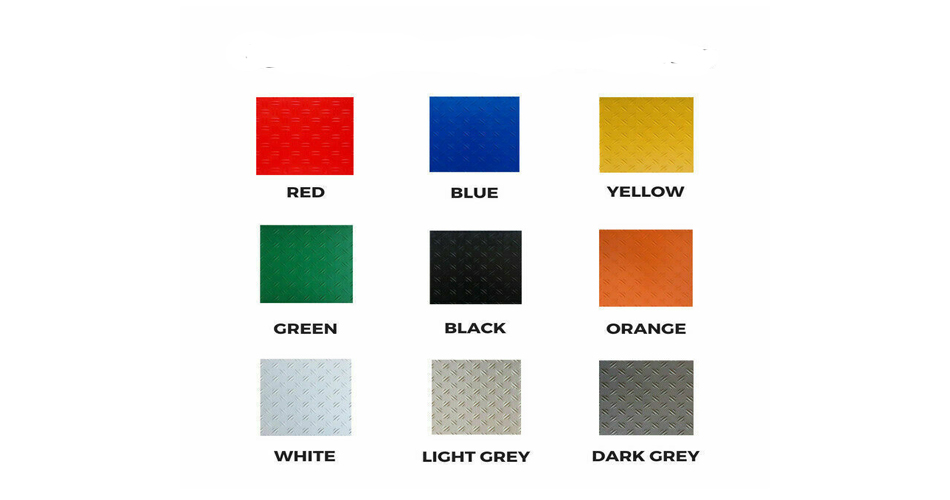 Enquiry Now
Enquiry Now

